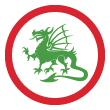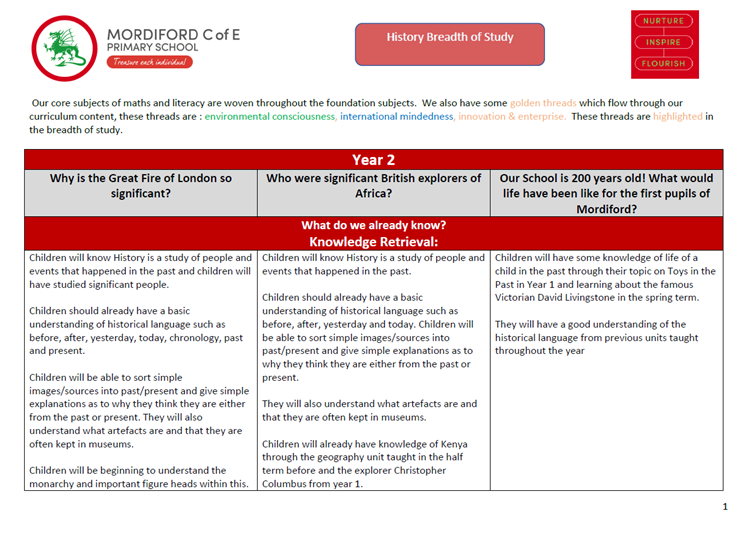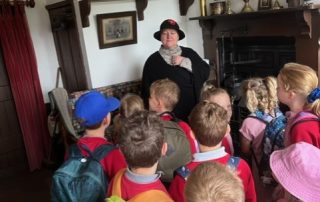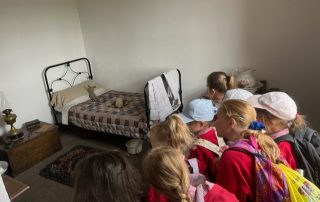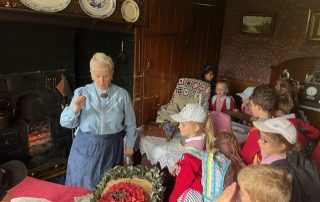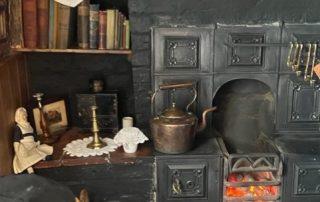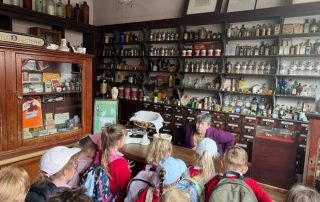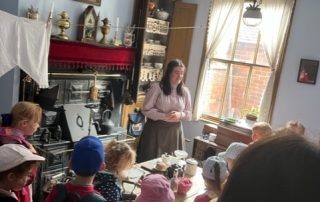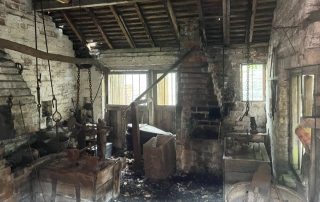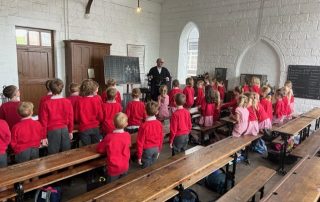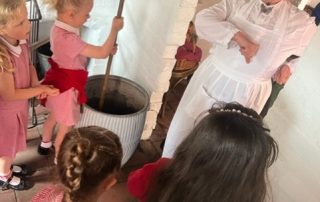 “History, the study of the past, is all around us; we are continually making history through our thoughts, words and actions. History is personal and global; it is everyday life and momentous occasions. History is about people.
“History, the study of the past, is all around us; we are continually making history through our thoughts, words and actions. History is personal and global; it is everyday life and momentous occasions. History is about people.
Through our study of the past, we can understand how our own world works. We can also understand how and why things happen to us. For example, had you ever wondered why the polar ice caps are melting? The answer partially lies in history. The Industrial Revolution caused the birth of industrial towns and factories, belching out smoke and pollution. It also caused the mechanisation of society, adding to the pollution. Could this partially explain the pollution problems that we face today? History is not just about the past!” – Historical Association
Intent – What Do We Aspire for Our Children in History?
At Mordiford we provide a high-quality history curriculum that has been designed to equip our children with a secure, coherent knowledge about British, local and world history. Our curriculum reflects our locality and aspires to ensure children are knowledgeable about their locality’s history and the changes it has seen.
It is our intention, through an enquiry based approach, that our pupils become more expert as they progress through the curriculum, accumulating and connecting substantive and disciplinary historical knowledge.
- Substantive knowledge– this is the subject knowledge and explicit vocabulary used to learn about the content.
- Disciplinary knowledge– their knowledge about how historians investigate the past, and how they construct historical claims, arguments and accounts. It is through disciplinary knowledge that children gradually become more expert by thinking like a historian.
Implementation – How is the curriculum for history organised?
Each unit of work has an emphasis on historical enquiry where children investigate historically framed questions whilst also developing historical enquiries of their own. This enables children to add new learning to increasingly complex schemata that demonstrate the inter-relatedness of curriculum content. In addition to substantive and disciplinary knowledge, children will develop their experiential knowledge through museum visits, handling artifacts and engaging in carefully planned fieldwork.
To ensure coverage, depth and balance in the history curriculum, the subject leader has provided a range of planning materials:
- The long-term plan also details the substantive and disciplinary knowledge to be taught for each topic, with a key enquiry question which the topic is based around. Both substantive and disciplinary concepts are taught using a spiral curriculum, so they are constantly revisited throughout KS1 and KS2.
- Medium term plans/knowledge organisersDetails the substantive ‘sticky’ knowledge and sequence of lessons for each topic.
- Our substantive concepts – We have identified a set of key historical concepts or ‘subject threads’, that children will repeatedly revisit throughout their time at Mordiford. Our subject threads are: Exploration & Trade, Monarchy & Empire, Invasion & Migration. Each unit will not include every ‘thread’, but over a year, children will visit each one more than once.
Our disciplinary concepts are: similarities and differences, handling evidence, historical significance, change and continuity, cause and consequence and historical interpretation.

How do we teach history?
- Use of artefacts Where possible we use a range of visual stimulus such as artefacts, videos and photographs for children to explore and investigate. We believe that handling real objects enhances the children’s historical knowledge, resourcefulness, understanding and skills.
- Use of sources / bias We aim for children to recognise that bias exists in some form in all historical sources, and this needs to be accounted for in their interpretation of evidence.
- Technology The use of ICT including web-based resources and interactive programs such as QR code trails enhances the students learning experience.
- Recap and retrieval Use of ‘quick quizzes and mind maps to ensure children are revisiting prior learning to enable them to build a schema of knowledge therefore enabling them to know more and remember more. The four principles of memory (Education Inspection Framework) are also taken into consideration: what content pupils need to know, what they pay attention to, avoiding overload, and allowing for practice.
- Active learning We recognise that children learn in a variety of ways, and so where appropriate, children will learn history outside the classroom, with visits to historical sites and museums.
EYFS:
Our curriculum is organised so children in reception meet the aims of EYFS framework. The early learning goals are taken from Understanding our world and are as follows:
- Talk about the lives of people around them and their roles in society.
- Know some similarities and differences between things in the past and now, drawing on their experiences and what has been read in class.
- Understand the past through settings, characters and events encountered in books read in class and storytelling.
Impact – How do we monitor our history curriculum?
The subject lead ensures that there is a clear monitoring cycle in place which evaluates history teaching and learning, outcomes, pupil voice. These outcomes feed into action planning to continually evaluate and improve our teaching and learning in history.
How do we review and assess learning in history?
- A review of learning in books
- Lesson observations
- Evaluation of the impact of staff professional development
- A review of medium-term planning
- Talking to about learning in history
Year 2 The Black Country Living Museum Trip
